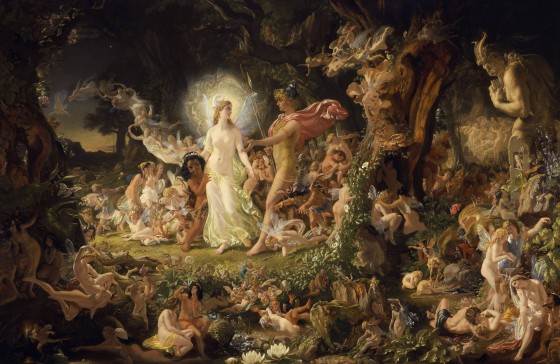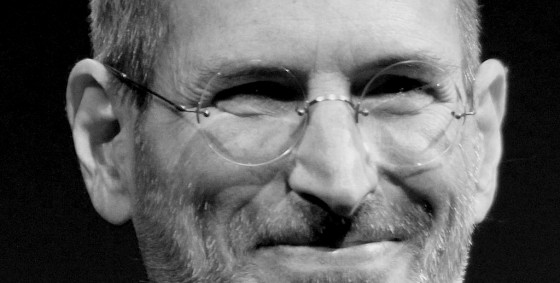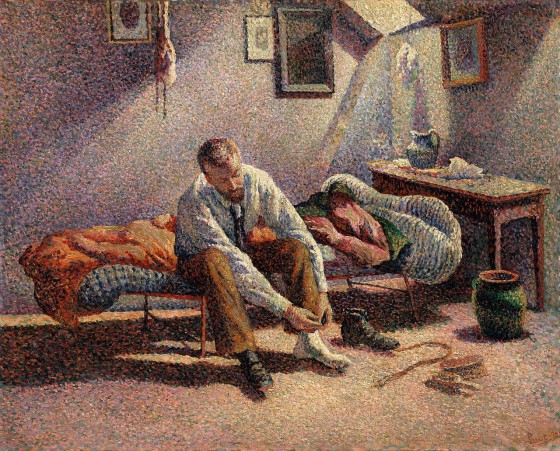You know you failed as an icon designer when users exchange humor forwards on Facebook based on your work. We’ve all done it — we’ve all looked at the little labels on our clothing and tried to figure out what those iconic instructions mean. The icons are so bad that manufacturers themselves are making fun of them! There is not a huge downside for in this case failure, though, in this case. At worst, the piece of clothing would be ruined. Painful, but in the scheme of things not that bad. But other circumstances are more troubling. Last night, an alert lit up on my car’s dashboard. It was a strange symbol, a bit rounded, some waves on top. I had no guess as to what it was. It was accompanied with a bright red glowing triangle with an exclamation sign inside — the universal sign for warning, pay attention! Should I pull off the road? Is this bad? It’s dark and raining outside. Thankfully, my car manual was in the glovebox — I could look this up. In took a few minutes but I figured out that the strange symbol means low pressure in one of my tires (no…
Background Knowledge
Background Knowledge, Cultural Bias, Cultural Differences, Diagnostic Errors, Ethnographic & User Data
Cultural Differences in Child-rearing or Abuse?
by Olga Werby •

I’ve written about cultural differences in child-rearing that from our, Western, point of view seem like child abuse. There’s the dunking of babies into freezing ice waters in Russia; and spinning children to improve something; and now I just saw these videos from India. and There is no question that if these were video-documented instances of child abuse in New York or Los Angeles, authorities would be knocking down doors to rescue these children. But in other cultures, is it different? Do we bear responsibility there?
Anchoring Errors, Background Knowledge, Background Knowledge Errors, Cognitive Blindness, Cultural Bias, Cultural Differences, Ethnographic & User Data, Mental Model Traps, Mirroring Errors, Personality, Scaffolding
Cultural, Psychological, and Evolutionary Basis for Your Political Choice in 2016 Presidential Election
by Olga Werby •

Who’s your choice for president this election? How did you make your decision? Given where you live and who you are, you might never really had a choice! Your vote might have been decided for you even before you were born… Might. Cultural Argument: Empathy versus Sympathy There is a lot of talk about the presidential candidates that start with: Who would you rather have beer with? Why does such a question have resonance? Why do we put so much importance on our ability to relate to the candidate? Why do we feel that our ability to visualize ourselves hanging out with a potential president somehow qualifies them for office? Many pundits and TV personalities try to convince us that it matters one way or another. But why does it work? Why do people believe them? Well, there is actual is a reason, and it just happens to be culturally-based. It is worth looking at another example that has nothing to do with people running for the Office of the President of the United States of America. Consider mental illness. How do you feel about a person with schizophrenia? How do you feel about a person with Post Traumatic Stress…
Background Knowledge, Featured, Language, Pipsqueak Articles, Product Design Strategy, Scaffolding
Treasure Trove of Creative Writing Online Classes
by Olga Werby •

I discovered Brandon Sanderson a few years back, introduced him to my son, and we basically read all that he has ever written (that we could buy). He is a very talented fiction writer. And now I discovered that he is a great teacher: good at explaining, generous with ideas, and easy with advice. He doesn’t shy away from talking about his own experiences, thus making his classes gain a very concrete dimension. I have enjoyed his online lectures so much, that I am now posting his classes in sequence and adding additional links to similar lectures that are still worth scanning through. I hope these are as useful to you as they were to me. Happy writing! Very Grateful: Thank you writeaboutdragons for adding careful notes and creating 2012 BYU videos! Very grateful to the Camera Panda team, Jon Deering and Earl Cahill, for filming, editing, and providing careful annotations (shown here in quotes). Excellent work! Another shout out to zmunk who posted videos of Brandon’s presentations at JordonCon. Brandon Sanderson’s 2012 Semester at BYU: 1. Creative Writing — Ideas & Outlining 0:12 / Introduction to being a writer – Writing is not about inspiration, ideas, or luck –…
Background Knowledge, Pipsqueak Articles
Commons Assembly: Bridging Health Divides
by Olga Werby •

Last week was the week the Sage Event—a conference of Sagers (individuals who have been Sage Bionetworks supporters over the years and some new comers) that I have been organizing for the last 5 months. At its core, the idea for this event was the provide an opportunity for Sage Scholars and Sage Mentors to come together and share their projects. These Sagers are incredible people! Below are some of my thinking as it emerged from listening to their presentations. And when the videos become available, I will link to those as well in another post. There were four general themes for the day: 1. ICT and Health; 2. Delivering Health to Hard-to-serve Populations; 3. Rare/Orphan Diseases; and 4. Health, Education, Patient Data, and Advocacy. But the ideas shared at the event were not to be constrained! So allow me to present a very different non-technical view as a way of summarizing ideas that floated during the day. First, allow me to break the science investigations into two parts: • First based on DATA Science—analysis of information available about patients and the environment as coded in medical records or submitted via apps or gathered via sensors. In other words, scientific…
Background Knowledge, Cognitive Blindness, Conceptual Design, Cultural Bias, Pipsqueak Articles
Remarking on the Unremarkable
by Olga Werby •

What’s the difference between a consumer of good design and a designer? Well, it boils down to the ability to notice an opportunity where a product or a fix or a nudge can make a positive difference in someone’s life. During his 1989 interview with Inc Magazine, Steve Jobs famously said: “You can’t just ask customers what they want and then try to give that to them.” You see, designers don’t ask for solutions. They discover them and share them with the world. So what does it take to discover a good design solution? I believe it comes down to ability to see a pain point, to notice an opportunity, to remark on the unremarkable! Allow me to share to few examples from personal experience in the last few months. Drug Labels I recently had a heart stress test. Unfortunately, the IV drug they tried to use had an unusual side effect — my heart rate would go up and then quickly drop, enabling the doctors to perform the test. The nurses scrambled for another drug, but they also needed to make a report — such and such a drug on such and such a patient resulted in bad reaction.…
Background Knowledge, Background Knowledge Errors, Conceptual Design, Cultural Bias, Cultural Differences, Interface Design, Mirroring Errors, Perception, Perceptual Focus Errors, Pipsqueak Articles, Product Design Strategy, Scaffolding
We Are the Magicians
by Olga Werby •

We all make magic every day. Don’t think so? Then consider this, we conjure up complete worlds of information with a mere suggestion, just a bit of outline, a stroke or two, a few words, a spatter of color, a dash of melody. We literally make grand visions from just a trickle of data. This is true for those who design and those who consume information. Let’s first explore our ability to comprehend very incomplete information. Take pointillism — an art movement (technique) that required artists to create images using points of pure color — why are we able to “see” the complete image from a mere collection of dots? With just a collection of colored dots, we are all able to imagine the mood, understand the story, visualize the universe behind this painting. You can say: “well, the artist was great at using dots.” But it is not just dots that we are good at. We reconstruct our reality from little bits of incomplete data all day every day of our lives. Consider the tone of voice of the person who answered the phone — you can easily tell the mood and even guess at the personality of that…
